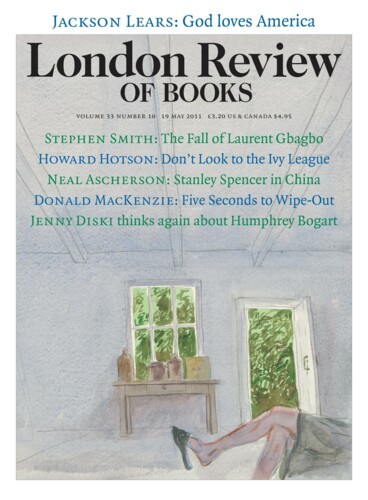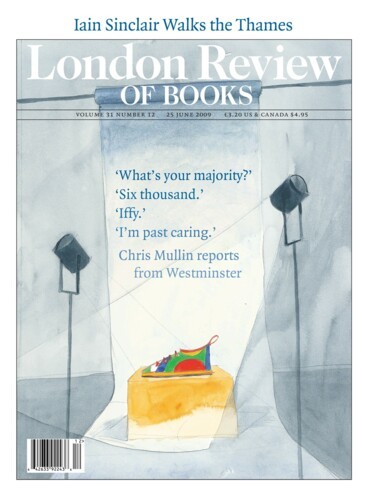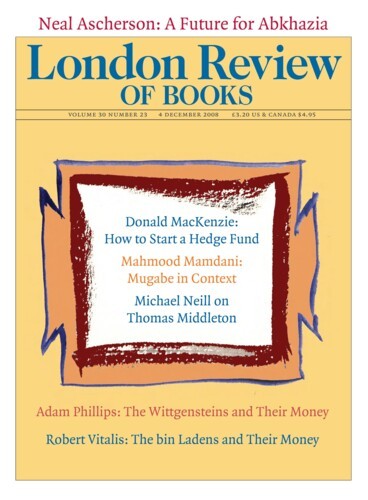Be grateful for drizzle: High-Frequency Trading
Donald MacKenzie, 11 September 2014
The beams are infrared, which means you can’t see them, but lasers are now flashing stock-market data through the skies over New Jersey. If they work well there, they might soon be flashing over London too. Lasers are the latest tool for high-frequency trading: the fast, entirely automated trading of large numbers of shares and other financial instruments. Originally, the data needed for high-frequency trading travelled almost exclusively via fibre-optic cables, in which signals move at about two-thirds of the speed that light travels in a vacuum.





